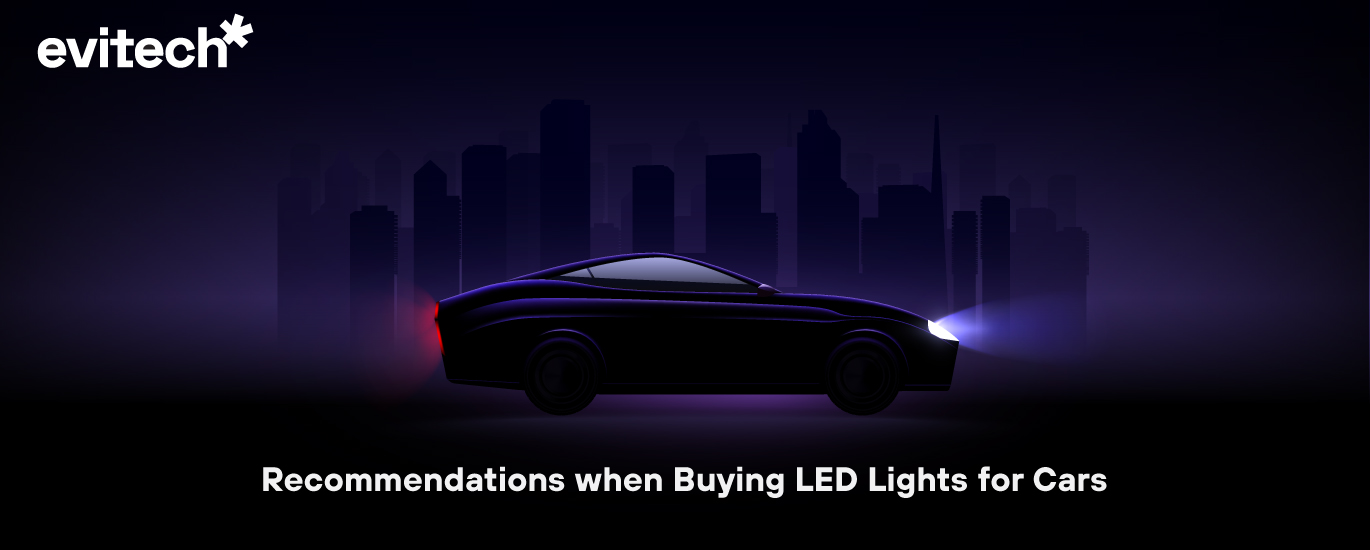Recommendations when Buying LED Lights for Cars
Artificial lighting is essential in homes and businesses but is not a critical problem if a lamp fails. However, in the case of car headlights, a sudden failure could cause accidents. LED car lights are already common, but their technology has been developed without clear rules regarding testing procedures and performance characteristics.
The LED light offers powerful illumination and can be designed to withstand harsh environmental conditions. Therefore, it was only time to use it in cars. However, there are two essential requirements that every lighthouse must meet:
· Visibility, providing good light on the road without exposing other drivers to glare.
· Reliability, since the failure of a headlight can have serious consequences, for example, when driving at night or in the rain.
Custom LED headlights do not always meet these requirements. For this reason, the International Electrotechnical Commission (IEC) has developed global standards for LED headlights.
Requirements for the proper functioning of LED headlights in automobiles
LED car lights are exposed to many harsh conditions. Therefore, when designing an LED headlamp, it is necessary to take into account:
- Extreme temperatures. Given their high lighting output, headlights generate heat, and LED models are no exception. In addition, its design must consider the emanation of heat from the engine. Therefore, LED headlights must have efficient heat dissipation.
- Vibration. The close location of the motor exposes the LEDs to constant vibrations. Considering this aspect during its design is essential, ensuring a long useful life.
- Dust and moisture. LED headlights must be designed to withstand different types of debris such as Dust and other debris, as well as heavy rain, as these conditions can be found on any road.
Many customs LED headlights are manufactured without considering these factors, creating risks to the user and other drivers. This brings us to another important aspect of manufacturing LED headlamps: the optical design.
LED headlights: optical design considerations and glare
LED lights are highly directional because they emit a narrower light than conventional lighting. This provides a high degree of control over the direction of the projected lighting, which can be positive or negative:
Positive: When LED lighting is directed where needed, it provides excellent Visibility from the front and side.
Negative: Many customs LED headlights cast their powerful beam of light straight ahead. This produces glare that impairs the Visibility of other drivers.
Why do LED headlights need standardization?
IEC standardization for LED headlamps is necessary by the various risk factors involved.
A correct design offers safer driving and greater energy efficiency. These standards are achieved with the collaboration of companies and professionals in the lighting industry.
Latest Post
- Why do LED Spotlights Burn?
- What is the electricity consumption of LED Christmas lights?
- What are LED lighting towers, and What are their Applications?
- Using Natural Light in LED Lighting Designs
- Use of LED Lights in Domestic Houses
- Three Ways to Apply LED Light in Buildings
- Savings in Air Conditioning with LED Lighting
- Replacement of Halogen Spotlights by LED
- Recommendations when Buying LED Lights for Cars
- LED Lighting Connected to the Internet: A Promising Technology


